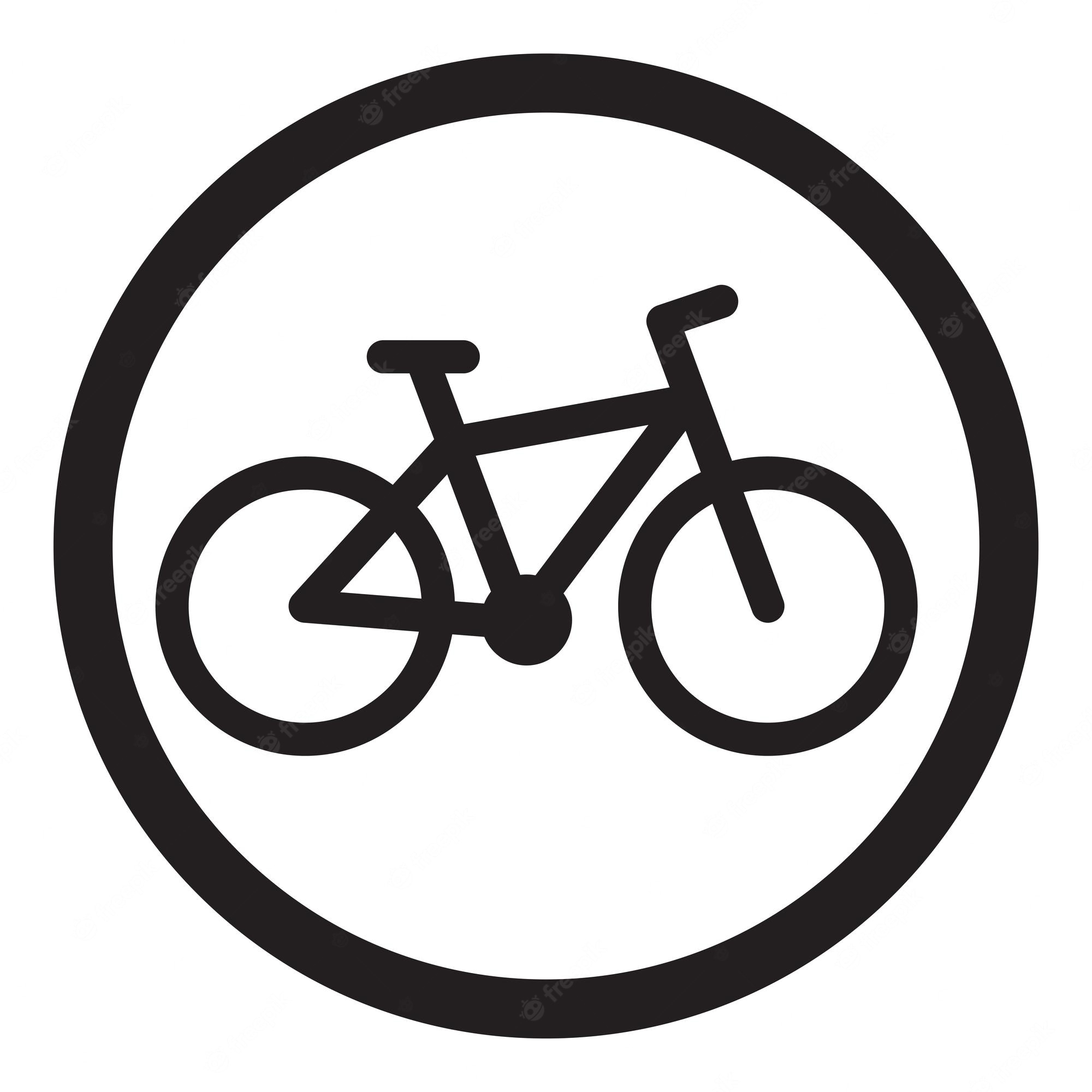

If you’re just commuting & riding flat, even-ish trails, you maybe don’t need a MTB at all. You’ll get much bigger changes in handling/comfort/speed from changing the style of bike than the marginal gains from upgrading individual parts.
What are you hoping to gain from a drivetrain upgrade? It might make more sense to look at changing the type of bike you have, rather than trying to transform a MTB to act like a hybrid/gravel/road bike








The upside of IANA doing it would be a standardised place for sites to move to. Without coordination, different sites would move to different TLDs, probably mostly based on what isn’t already registered. IANA could create a new TLD for this and give existing whatever.io owners a chance to register whatever.iox before its generally available